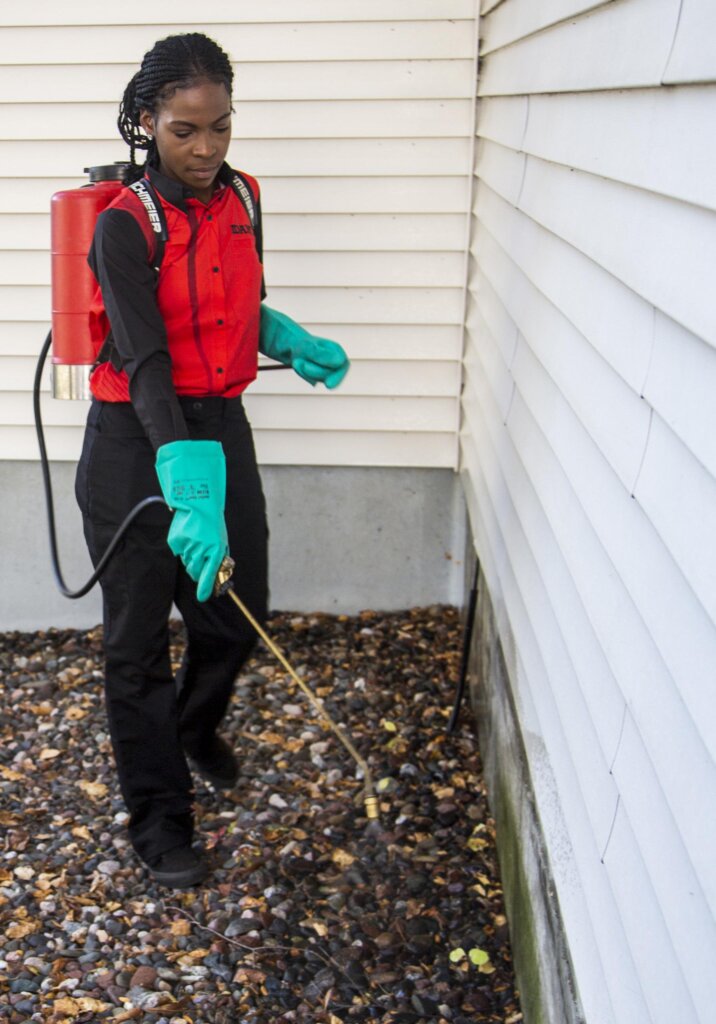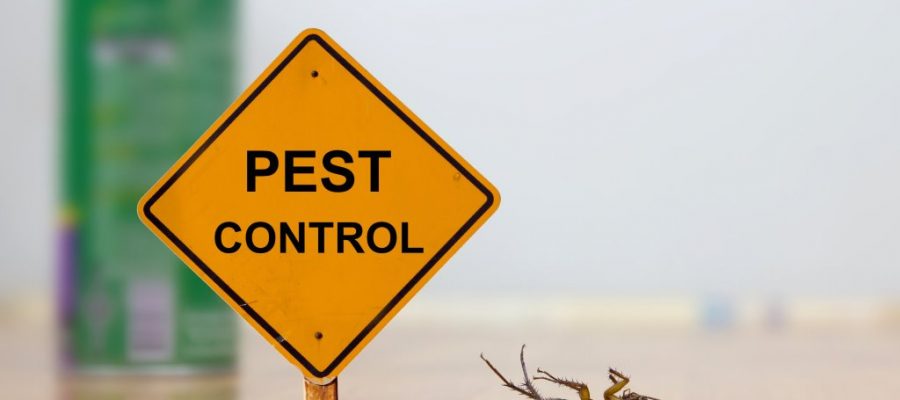Pest Control services to protect your home from infestations.
Eco-Friendly Insect Control Approaches for Taking Care Of Wildlife in Urban Areas
Urban locations typically locate themselves at the junction of human task and wildlife, leading to distinct difficulties in parasite administration. These approaches not just shield the setting however additionally improve community interaction in wild animals administration. As metropolitan populaces proceed to expand, recognizing the dynamics of wild animals interactions ends up being progressively essential.
Recognizing Urban Wildlife Dynamics
Comprehending Urban Wild animals Characteristics is essential for developing efficient and eco-friendly insect control methods. Urban locations are significantly coming to be environments for various wild animals types, driven by aspects such as environment fragmentation, food schedule, and human advancement. Acknowledging these dynamics enables a nuanced approach to pest administration that lines up with eco-friendly concepts.
Urban wildlife usually includes types such as raccoons, squirrels, and birds, which adjust to city atmospheres, finding niches in environment-friendly spaces, parks, and also suburbs. Their visibility can lead to conflicts with human beings, particularly when they exploit human sources for food and shelter. Understanding the behaviors and environmental roles of these types informs strategies that reduce adverse interactions while promoting biodiversity.
Furthermore, recognizing the interdependencies within metropolitan ecological communities assists in determining critical locations for habitat conservation and restoration. This understanding adds to the growth of incorporated parasite monitoring (IPM) strategies that take into consideration the eco-friendly equilibrium, consequently decreasing dependence on unsafe chemicals. By promoting conjunction between people and urban wildlife, cities can produce much healthier environments that benefit both residents and local ecological communities, leading the way for sustainable metropolitan living.
Natural Repellents and Deterrents
All-natural repellents and deterrents offer a lasting choice to conventional parasite control methods by taking advantage of the power of nature to keep unwanted species away. These environment-friendly services commonly use plant-based components, crucial oils, and various other normally occurring substances that discourage bugs without damaging the atmosphere.
One effective natural repellent is peppermint oil, which is understood to repel rodents and insects. Its strong aroma is unpleasant to many insects, making it a preferred selection for urban settings. Similarly, vinegar and citrus peels can offer as deterrents, as their strong odors are normally unattractive to numerous wildlife.
Additionally, diatomaceous planet is an all-natural powder that can be spread out in areas vulnerable to insect task, properly dehydrating and hindering bugs without posturing risks to non-target varieties. Additionally, garlic sprays and neem oil are recognized for their capability to fend off a wide variety of parasites, including both insects and bigger wild animals.
Executing these all-natural repellents not just minimizes reliance on chemical pesticides but likewise advertises a healthier metropolitan environment, fostering a much more balanced conjunction in between human beings and wild animals. check my reference By making use of these approaches, urban areas can efficiently manage bug populations while reducing environmental influence.
Environment Alteration Techniques
Effective habitat adjustment methods play an essential role in lasting bug administration by modifying the environment to make it less for pest invasions. By comprehending the eco-friendly characteristics of city areas, homeowner can implement tactical modifications that deter pests while advertising biodiversity.
(Rodent control Port Charlotte)One main method entails maintaining proper sanitation. This includes normal waste elimination, protecting trash bins, and getting rid of standing water to minimize reproducing sites for bugs and rodents. Furthermore, landscape design techniques such as selecting indigenous plants can boost eco-friendly balance, supplying environments for valuable organisms while reducing sources for pests.
Another important technique is to seal entry points in buildings. Evaluating and fixing fractures in foundations, walls, and windows can dramatically decrease insect access. Additionally, developing physical obstacles, such as fences or plant barriers, can inhibit wildlife motion into human-inhabited locations.
Integrated Parasite Administration Practices
Structure upon environment modification techniques, incorporated insect administration (IPM) practices supply an all natural technique to managing parasite populations while reducing ecological influence. IPM combines various approaches, including biological, social, mechanical, and chemical controls, to attain effective pest management.
Organic control entails the intro of all-natural killers or parasites to minimize pest populaces. Social practices, such as crop turning and cleanliness, interfere with pest life cycles and diminish their environments - Pest Control. Mechanical controls, like catches and obstacles, give immediate remedy for bug pressures without chemical intervention
Chemical controls are utilized as a last hope, concentrating on targeted applications that limit damage to non-target varieties and the environment. The choice of eco pleasant chemicals, when required, is important to the IPM structure. Additionally, monitoring bug populaces and assessing prospective damage helps inform decision-making, making sure that interventions are timely and effective.
Neighborhood Involvement and Education And Learning

(Honey Bee Relocation)Workshops and educational sessions can gear up citizens with understanding concerning indigenous species, habitat conservation, and reliable non-toxic pest management techniques. Cooperation with institutions, neighborhood organizations, and government firms better enhances educational outreach, making sure that essential details gets to diverse audiences.
Moreover, community-led initiatives, such as community clean-up days and habitat restoration projects, not just advertise biodiversity yet additionally reinforce area ties. Pest control service. By motivating citizens to share their experiences and monitorings, neighborhoods can develop targeted methods that attend to particular regional bug problems
Incorporating responses from homeowners right into parasite management prepares enables an extra receptive and flexible method to wildlife challenges. Eventually, informed and involved areas are key to accomplishing long-lasting success in environmentally friendly insect control, resulting in much healthier metropolitan atmospheres that respect both human and ecological needs.

Verdict
In verdict, green pest control approaches offer sustainable solutions for handling metropolitan wildlife. By prioritizing habitat modification, utilizing natural repellents, and executing integrated parasite administration techniques, neighborhoods can cultivate a harmonious coexistence with local animals.